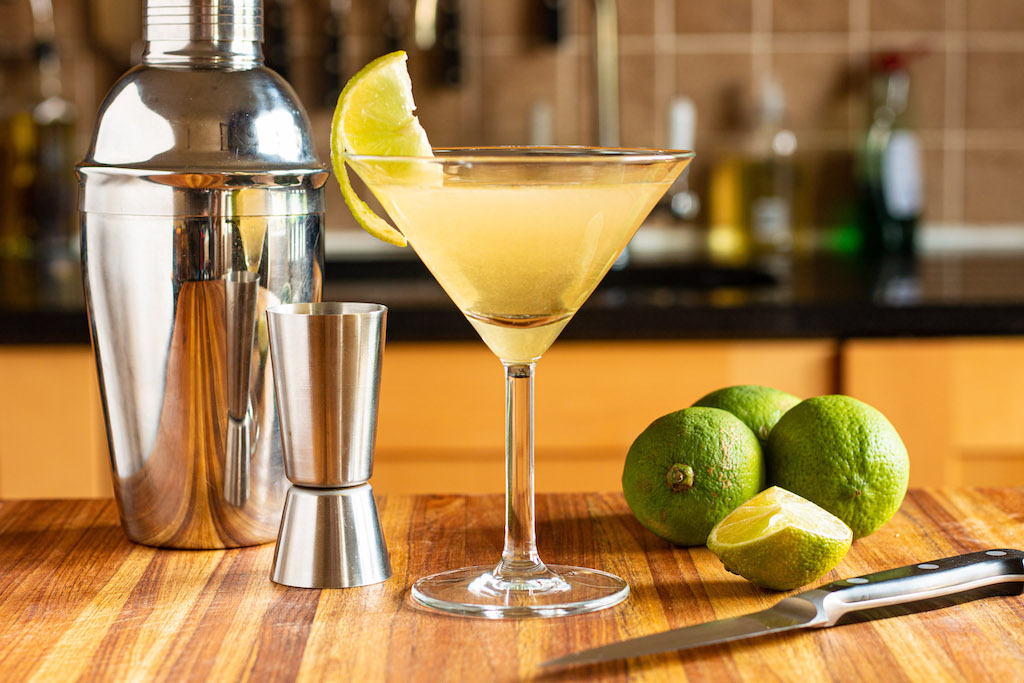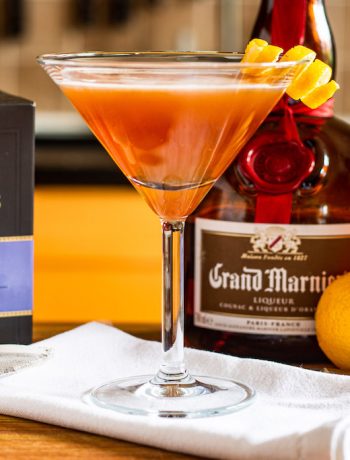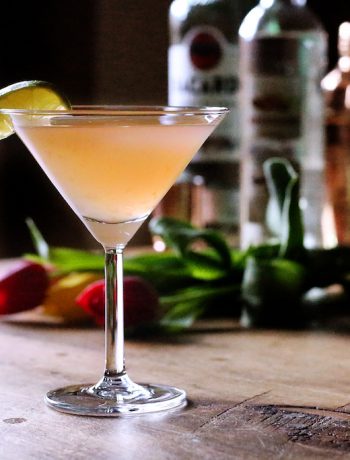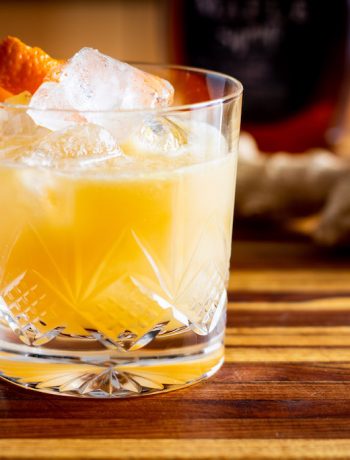Back in the 1920s, the British Middle Class was ascendant. The idea that sophistication and cocktails were for the aristocracy was being swept aside as the peerage was gradually running out of cash, and the semi-detached houses of middle England were home to increasingly wealthy business owners and the new class of ‘executives.’ It is in this environment where the Gentleman’s club was the place to be, and the drink to be seen with was the Gimlet.
The simplest of cocktails, the original Gimlet was just 1:1 Plymouth gin and Rose’s lime cordial, and was set out as such in Harry Craddock’s 1930 Savoy Cocktail Book. This recipe was repeated in the Philip Marlowe novel The Long Goodbye, written by Raymond Chandler in 1953. The name ‘Gimlet’ is possibly derived from a tool for drilling small holes to open barrels, or (more likely) after Surgeon Admiral Sir Thomas Gimlette KCB (1857–1943), who was one of many Naval officers credited with adding lime to gin to stave off scurvy among serving British sailors.
The Gimlet is endlessly adaptable. Firstly, modern tastes tend to prefer the drink made 3:1 gin:lime rather than the original 1:1. All sorts of other things happen to Gimlets, including swapping the base alcohol for vodka, adding herbs, adding genepe (Alpine juniper liqueur) , chucking honey in it, and basically mixing drinks that are almost indistinguishable from a Daiquiri.
Gimlet
Ingredients
- 60ml Plymouth gin (see notes)
- 60ml Rose's lime cordial
Instructions
Shake the ingredients with ice and strain into a chilled Martini glass. Garnish with lime.
Notes
If the Naval origin is to be believed, then the original Gimlet will have been made with 57% ABV 'Navy-strength' Plymouth gin.






No Comments